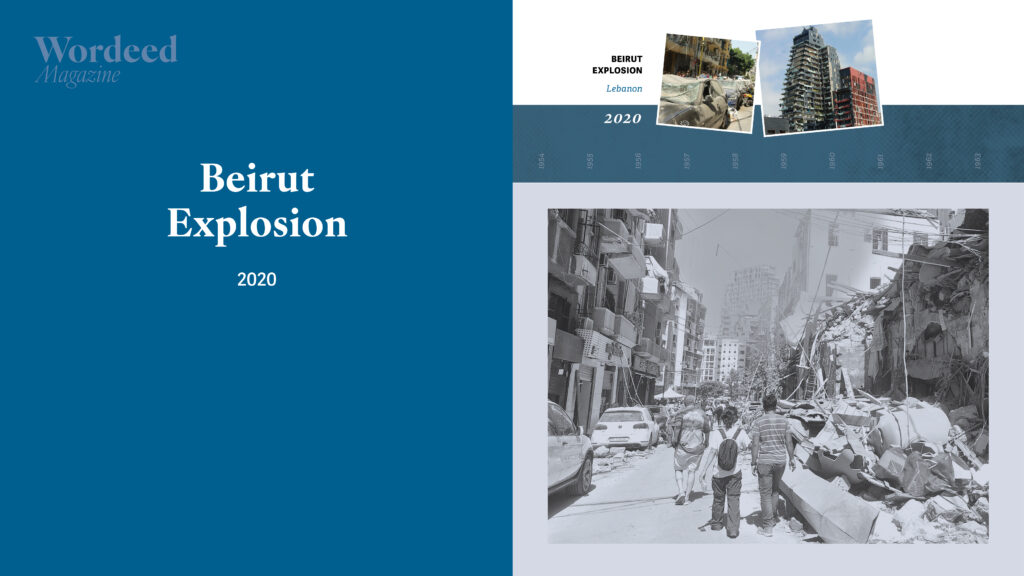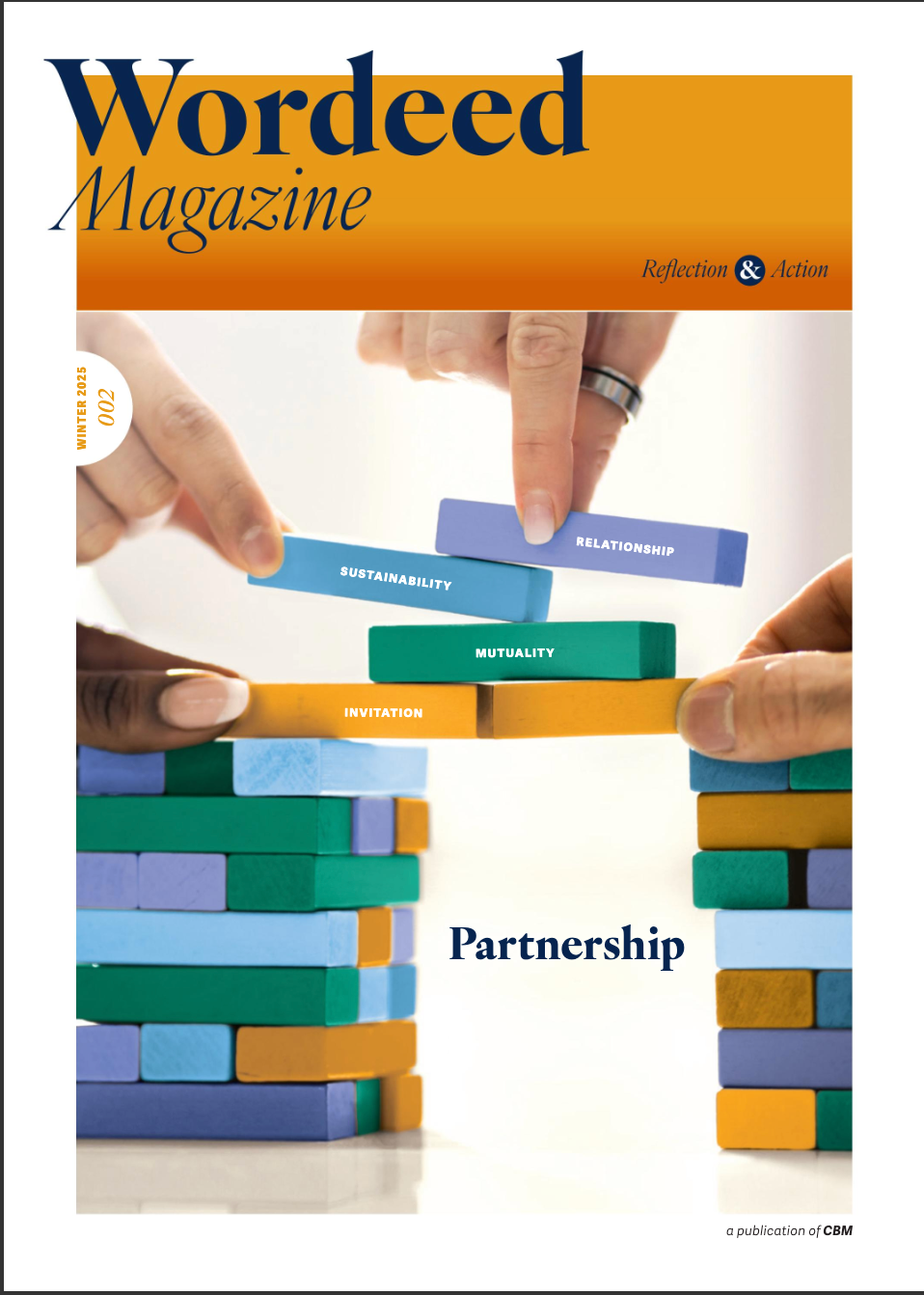– in consultation with David Philips & Bill Dyck
Sustainability is one of the key words of the 21st century. Whether it’s sustainability in energy, agriculture, forestry, or the general sustainability of our planet, we cannot avoid hearing about the need for sustainability in much of our daily lives.
In Christian mission, sustainability is necessitated by the ongoing nature of the task (until Jesus returns), and by the demands of Christian stewardship that what we invest in should last (1 Corinthians 3: 10-14, 2 Timothy 2:2). Both Jesus and Paul focused on training leaders to ensure the great commission (Matthew 28:18-20) would continue. In the same way, CBM’s commitment to assisting our partners with leadership development is central to our emphasis on sustainability in our mission strategies practices were as follows.
Task Force Mission
This emphasis on sustainability in mission strategies dates back to the mid 20th century. Conceptualized by Dr. Orville Daniel in the 1960s and initially operationalized by Dr. John Keith in the 1970s under the term Task Force Mission, the first generation of Task Forces were sent out to Kenya, Indonesia, and Brazil. Several of the key principles that guided CBM in their goal of developing sustainable mission practices were as follows:
- They were sent out in response to an invitation from a national church body. Unlike during the age of colonialism, we were not imposing ourselves on another country but were there at their invitation.
- They would work under national leadership, so they never faced the challenge of transitioning the ministry from missionary leadership to national leadership, contributing significantly to its sustainability.
- Much of the focus would be on leadership development, particularly providing teachers for newly established national seminaries which would provide trained leaders for the growing number of churches that were being planted.
- CBM’s primary contribution would be personnel and not finances, so that whatever was built would be appropriate to the national context and could be maintained into the future by the national church.
- These agreements would be for a limited period of time. The initial thinking was that in 10 years, CBM and the national church partner could train nationals to assume the roles that were initially filled by CBM missionaries, and the missionaries could then leave while the ministry continued without them.
Joint Pioneer Outreach
As the ten-year deadline for these first Task Forces approached, CBM faced a major challenge. The national church partners, upon being told that the missionaries would be leaving, felt abandoned. They had come to love and appreciate their Canadian colleagues and couldn’t imagine ministry without them. While they had accepted the initial 10-year limit in the partnership agreements, when that end date drew near, they had absolutely no desire to see it end. Out of this dilemma emerged the next phase, Joint Pioneer Outreach, with our partners in Brazil, Indonesia, and Kenya.
The Pantanal Project
In Brazil, it was the Pantanal Project that emerged — a church planting, medical and educational outreach by boat along almost 400 km of the Paraguay River. In this project, costs of building and operating the boats was shared 50/50 with the national church, and new CBM personnel worked alongside graduates who had been students trained by the initial CBM Task Force missionaries. As this ministry grew and thrived, and was on its third boat, CBM determined that it had reached the limit of our capacity to continue, and so at that point the national partner invited the Southern Baptists to partner with them in continuing and further expanding that outreach.
Outreach to Somalis
In Kenya, the Joint Pioneer Outreach initiative involved CBM missionaries partnering with national missionaries from the Africa Christian Church and Schools (ACC&S) in an evangelistic and development outreach to the Somalis living in Kenya’s Northeast province. This ministry was eventually impacted by the civil war in Somalia that saw tens of thousands of Somali refugees flee into Kenya’s Northeast Province, resulting in CBM being involved in the establishment of the Dadaab Refugee Camp, which for many years was the world’s largest refugee camp. This development significantly impacted the initial Joint Pioneer Outreach strategy in Kenya, but CBM and the national partner were able to make the necessary adjustments for the outreach to continue.
Church Planting
In Indonesia, the Joint Pioneer Outreach initiative sent national missionaries from North Sulawesi to West Kalimantan province on the island of Borneo, to be involved with a new cohort of CBM missionaries in church planting and leadership development among the Dayaks. This represented a significant increase to a ministry that the KGBI denomination had begun years earlier on their own, but which had been struggling. The national missionaries were supported by the KGBI churches in North Sulawesi while CBM provided motorcycles or small outboard boats to facilitate their ministry. CBM also helped fund a larger ministry boat, the Kapal Baptis, that supported evangelism and church planting in the many Dayak villages along the Kapuas River.
… look to see where God is at work in the world, and then join him in that work.
God at Work in the World
Knowing when to end a partnership is not an exact science. One principle, articulated by Canadian Southern Baptist Henry Blackaby, is that we should look to see where God is at work in the world, and then join him in that work.
When the initial goals have been met, if there is a clear synergy in the partnership and new and potentially fruitful ministry opportunities have emerged, then partnerships have been renewed with new goals and parameters. Recognizing CBM’s own limitations of personnel and resources, we have also had to weigh the potential of new partnership opportunities against the future fruitfulness of continuing an existing partnership.
From time to time, revolutions, wars, and bans on missionaries by host countries have necessitated changing strategies and goals, even ending partnerships. In some cases, serious internal conflicts within the national partner organization and among its leaders have resulted in CBM making the decision to terminate the partnership. While CBM does not expect 100% agreement with partners on every issue, we are careful to ensure that there is agreement on the most important theological and missiological positions.
CBM’s relationship with the various partners in Brazil and Indonesia have ended, but those ministries continue, in some cases with new partners whose contributions are appropriate to the new challenges and realities that they face. In Kenya, CBM continues to partner with the ACC&S in new program areas, but all with national staff only — many of whom have been trained and mentored by previous CBM missionaries. This also represents progress towards sustainability in mission practice.
As we look back on 50 years of partnerships in these three countries, we praise God for the vision of the leaders, both Canadian and national, who charted the course and made the necessary adjustments. We give thanks to God who sustained us and who, through these partnerships, has grown his Kingdom.




